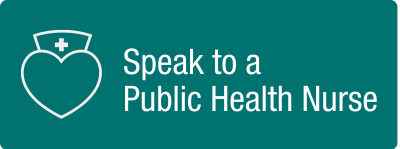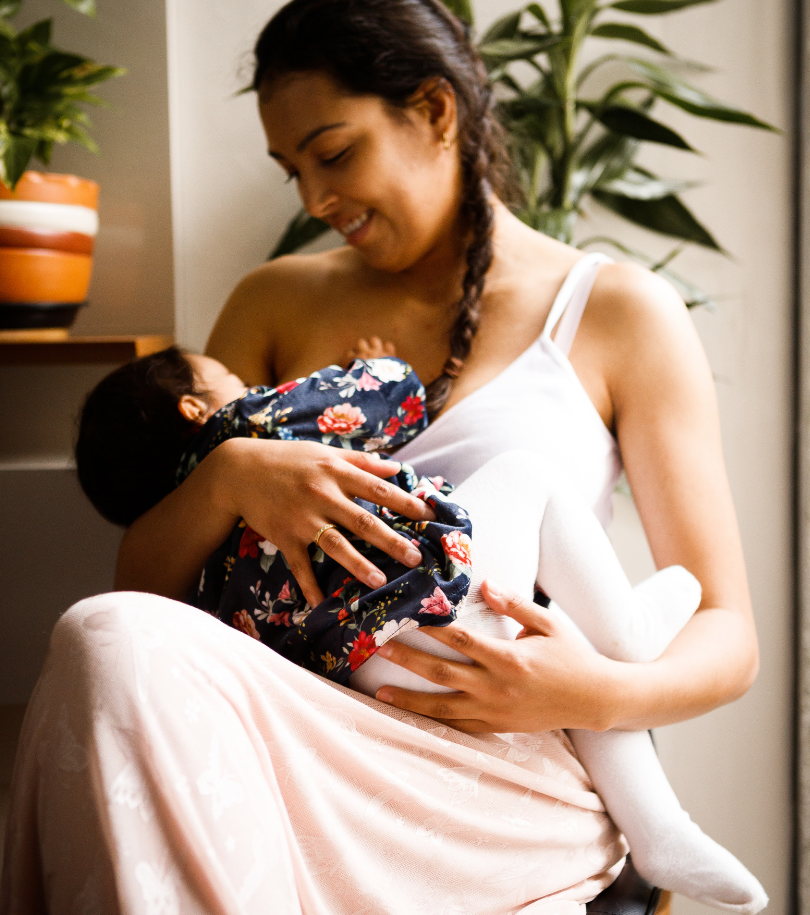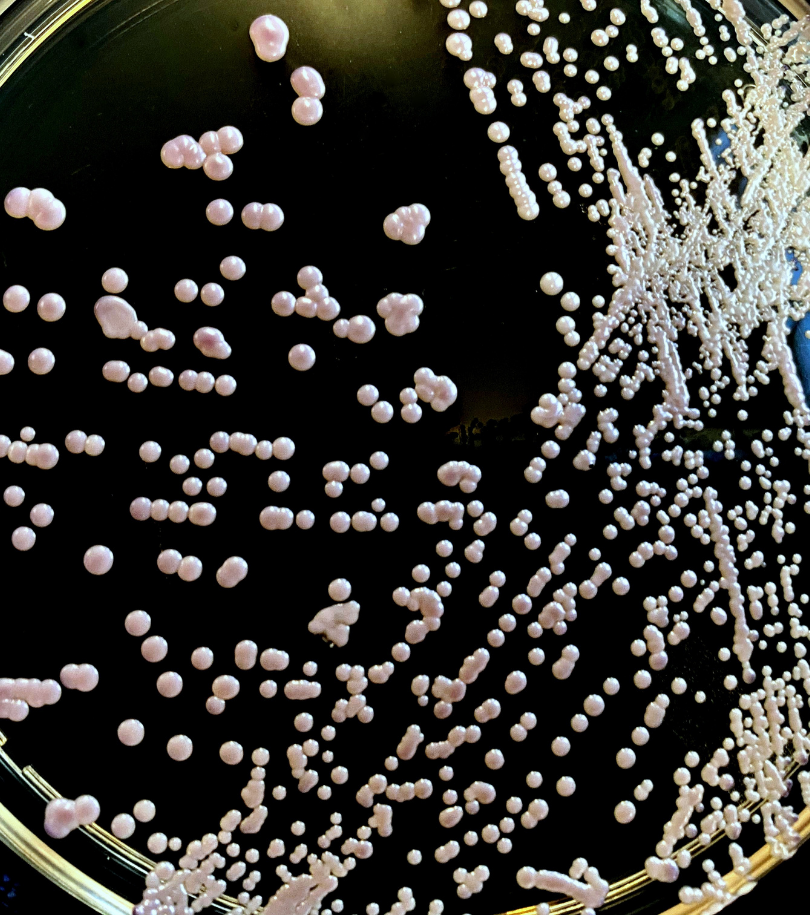- Home
- Health Topics
- Pregnancy to Parenthood
- Common Breast/Feeding Concerns
Common Breast/Feeding Concerns
Breastfeeding may come naturally for some women, but it’s not always a piece of cake. For some breastfeeding mothers, it can be challenging or even painful.
Help and support are available if you experience these or have any concerns about breastfeeding.
To speak to a Public Health Nurse, call 519-900-9600 Ext. 3250


On this page:
Sore Nipples

Signs & Symptoms
- Nipples feel sore, painful, burn or itch.
- Nipples look red, shiny or cracked.
- Nipples are blistered, bleeding or have discharge
Treatment
- Seek lactation support to improve the latch.
- Change nursing positions
- Apply breastmilk onto nipples and air dry
- For more severe concerns, ask a healthcare provider about ointment or saline compresses.
Engorgement

This can occur in breastfeeding and formula-feeding mothers after birth
Signs & Symptoms
- Breasts look and feel full
- Breasts may be painful to touch
- Usually occurs 3-6 days after birth when
“milk comes in” - Difficulty latching
Treatment
- Frequent breastfeeding (at least eight times in 24 hours) without restrictions
- Before breastfeeding, hold baby skin-to-skin, apply warm, moist compresses (hot showers work well), and gently massage the breast.
- After breastfeeding, apply a cool compress to the breasts
- Use hand expression if needed to remove milk for comfort
- Analgesics as needed
- Seek lactation support as needed
Mastitis

Signs & Symptoms
- One-sided breast pain
- The breast looks red, swollen and/or shiny and may have red streaks.
- Breast feels hot
- You may have flu-like symptoms (ie. chills,
aches, fatigue or fever)
Treatment
- Always breastfeed from the affected side first
- Before breastfeeding, apply heat to the affected breast (hot showers work well), and gently massage the area.
- After breastfeeding, apply a cool compress to the breasts
- Use hand expression if needed to remove milk for comfort
- Get plenty of rest and maintain good hydration and nutrition
- Analgesics as needed
- Seek lactation support as needed
- If symptoms persist for over 12-24 hours, seek medical attention for an antibiotic prescription.
Plugged Ducts

Signs & Symptoms
- One-sided or localized tenderness in one
- area of the breast
- There may be a lump
Treatment
- Frequent breastfeeding (at least eight times in 24 hours) and hand
- expression, starting on the affected side
- Before breastfeeding, gently massage toward the area and apply warm, moist compresses to the area.
- After breastfeeding, avoid pressure on the breast (i.e. tight bra, underwire)
- Analgesics as needed
- Seek lactation support as required.
Nipple Bleb

Signs & Symptoms
- Nipple pain
- White or yellow dot on the nipple
- It may be painful, but not always
- Looks like a “milk blister.”
Treatment
- Frequent breastfeeding (at least 8 times in 24 hours) and hand expression from both sides
- Before breastfeeding, apply warm compresses and gently massage
affected breast - Analgesics as needed
- Seek lactation support for further treatment (lancing)
Breast Abscess

Signs & Symptoms
- History of recurrent mastitis
- One-sided breast pain
- Swelling and redness
- Possible lump
- Fever and feeling unwell
- Antibiotic treatment not enough
Treatment
- Breastfeed from non-affected side
- Seek medical attention for treatment (ie. drainage)
- Should only resume breastfeeding on affected side after medical assessment and treatment
Thrush (Candidiasis)

This can occur in breastfeeding and formula-fed babies
This can occur in breastfeeding and formula-fed babies
Signs & Symptoms (Breastfeeding mother)
- Sharp shooting pain or burning pain in the breast
that develops suddenly - Persistent cracked or painful nipples
- Severe nipple pain that lasts throughout the feeding and immediately after feeding
- Nipples may look red or cracked
- Nipples may feel sore, itchy, burning or painful
- Areola may look red, swollen, flaky or shiny
- History of recurrent mastitis
Signs & Symptoms (Infants)
- White patches on the tongue, cheeks or soft
- palate that cannot be wiped off
- Diaper rash that has raised, red, and/or sore-looking bumps and does not go away when treated with zinc-based ointment
Treatment
- Seek medical attention for treatment of mother and baby (ie. topical or
- oral prescription)
- Frequent hand-washing
- Sterilize all objects that come in contact with baby’s mouth (i.e. toys, bottles, soothers)
- Breastfeed on the pain-free side first, then offer the affected side
- After breastfeeding, wash breasts and nipples and air dry
- Apply a cool compress for comfort.
- Express milk from both breasts if the baby is unable to breastfeed effectively
- Avoid using breast pads when possible.
Lactation Consultants
A lactation consultant helps you navigate the rewarding but often challenging breastfeeding journey. Wondering which breastfeeding position to use? Have nipple pain? Is the baby struggling to latch? Bring these concerns and more to your lactation consultant. They’ll help you find solutions so you can continue breastfeeding for as long as you choose.
In Norfolk, please call Norfolk Prenatal & Newborn Health Program (NPNHP) @519-582-2323 ext. 282
In Haldimand, please call Haldimand Pregnancy Care & Family Centre @905-774-1228 in Dunnville or 905-765-0228 in Caledonia, or email [email protected] for more information.
